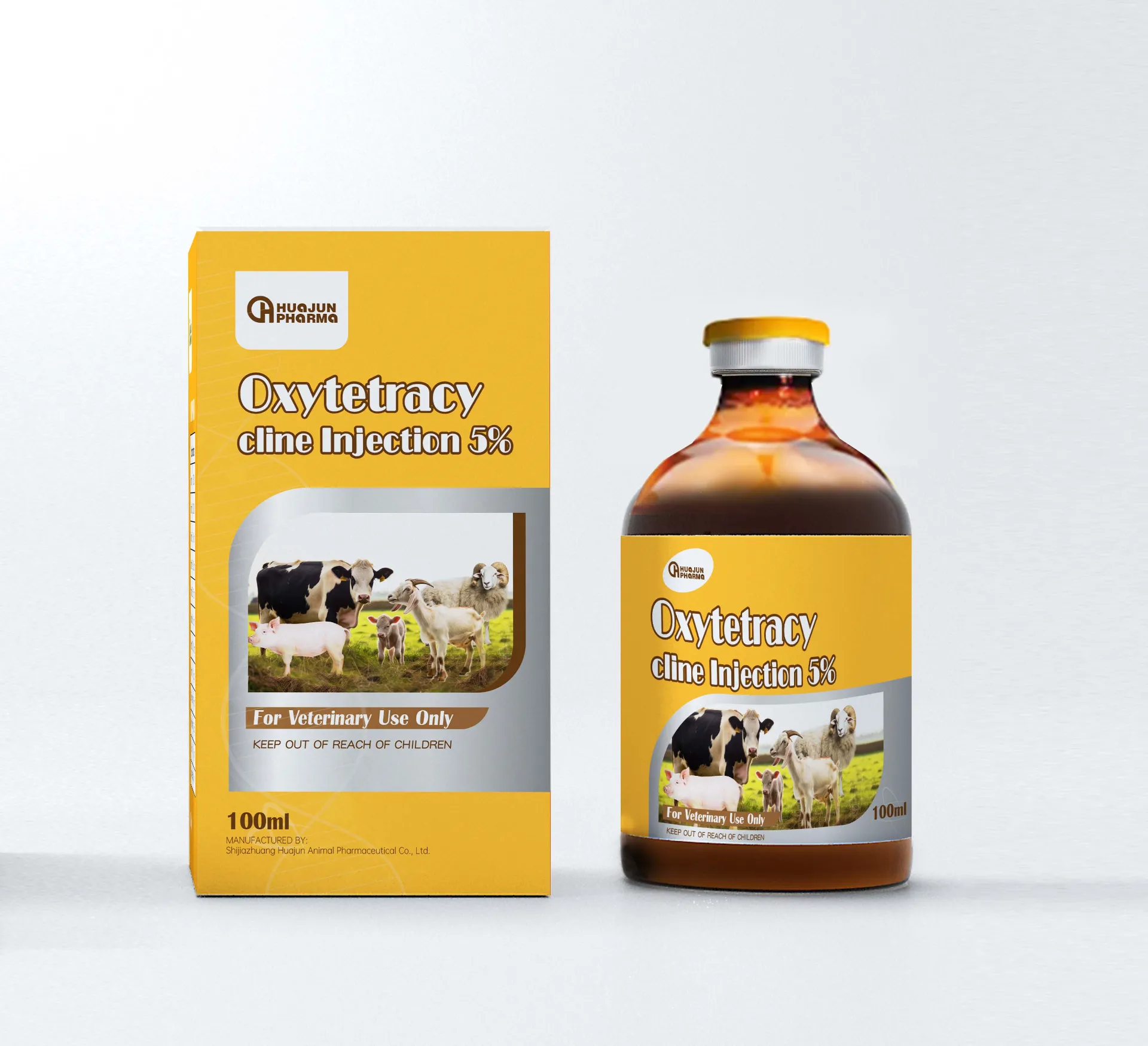
Des . 07, 2024 11:00 Back to list
swine toxoplasmosis
Swine and Toxoplasmosis Understanding the Risks and Implications
Toxoplasmosis is a disease caused by the parasite *Toxoplasma gondii*, one of the most common parasites in the world. While many might associate this disease primarily with cats, who are the definitive hosts, swine (pigs) are also significant in the transmission of this pathogen to humans. Understanding the relationship between swine and toxoplasmosis is essential for public health, agriculture, and food safety.
The Life Cycle of *Toxoplasma gondii*
The life cycle of *Toxoplasma gondii* is complex and involves multiple hosts. Cats are the primary host where the parasite undergoes sexual reproduction. Infected cats shed oocysts in their feces, which can contaminate soil, water, and food. Other animals, including pigs, can ingest these oocysts, leading to an intermediate host situation where the parasite can encyst in various tissues.
Swine can acquire the parasite through contaminated feed, water, or the environment. Once inside the pig, *T. gondii* can form cysts in muscles and other tissues, which remain viable and infectious. When humans consume undercooked or raw pork containing these cysts, they can become infected, leading to potential health risks.
Transmission to Humans
Human infection typically occurs through three main routes consuming undercooked or raw infected meat (especially pork), ingesting oocysts from contaminated food or water, and, less commonly, through organ transplantation or congenital transmission from an infected mother to her fetus.
Toxoplasmosis in humans can be asymptomatic or present a range of flu-like symptoms. However, it is particularly dangerous for pregnant women and immunocompromised individuals, as it can lead to severe complications such as encephalitis and congenital defects.
swine toxoplasmosis

Public Health Implications
The prevalence of *Toxoplasma gondii* in swine varies by region, influenced by environmental conditions, farming practices, and biosecurity measures. In certain areas, studies have shown that a significant percentage of pigs may test positive for the parasite. This raises concerns for food safety, emphasizing the importance of monitoring and controlling the infection in swine populations.
Efforts to mitigate the risk of toxoplasmosis associated with swine include implementing stringent biosecurity measures on farms, proper cooking of pork products (cooking pork to an internal temperature of at least 145°F, followed by a three-minute rest), and educating consumers about safe food handling practices.
The Role of Veterinary Practices
Veterinary practices play a crucial role in managing and reducing the incidence of toxoplasmosis in swine. Regular testing of swine herds, effective parasite control strategies, and vaccination (where applicable) can significantly reduce the prevalence of *T. gondii*. Additionally, farmers should emphasize hygiene and sanitation practices to minimize exposure to the parasite in their operations.
Education and outreach to pig producers about the importance of preventing toxoplasmosis can lead to better practices being adopted in the industry. This cooperative approach between farmers, veterinarians, and public health officials is vital in understanding and controlling the spread of the parasite.
Conclusion
Toxoplasmosis is a significant public health concern that can be linked to swine, due to the role pigs play in the transmission of *Toxoplasma gondii* to humans. As global meat consumption continues to rise, it is imperative to enhance awareness about this parasite and implement robust control measures within the agricultural sector. By adopting improved farming practices, encouraging proper food handling, and ensuring ongoing research into effective management strategies, we can effectively mitigate the risks associated with swine and toxoplasmosis. Through collaborative efforts, we can work toward a safer food supply and protect public health from this often-overlooked zoonotic disease.
-
Immunovital Fish Feed Factory | AI-Optimized Nutrition
NewsAug.03,2025
-
Quality Bacillus Coagulans BC30 Factory - Expert Production
NewsAug.02,2025
-
Acute Salpingitis and Oophoritis AI Factory
NewsJul.31,2025
-
Premium China Bacillus Subtilis Supplier & Factory Solutions
NewsJul.30,2025
-
Premium Avermectin Supplier in China | Custom Solutions Available
NewsJul.29,2025
-
China Bacillus Subtilis Supplier - Custom Factory Solutions
NewsJul.29,2025


